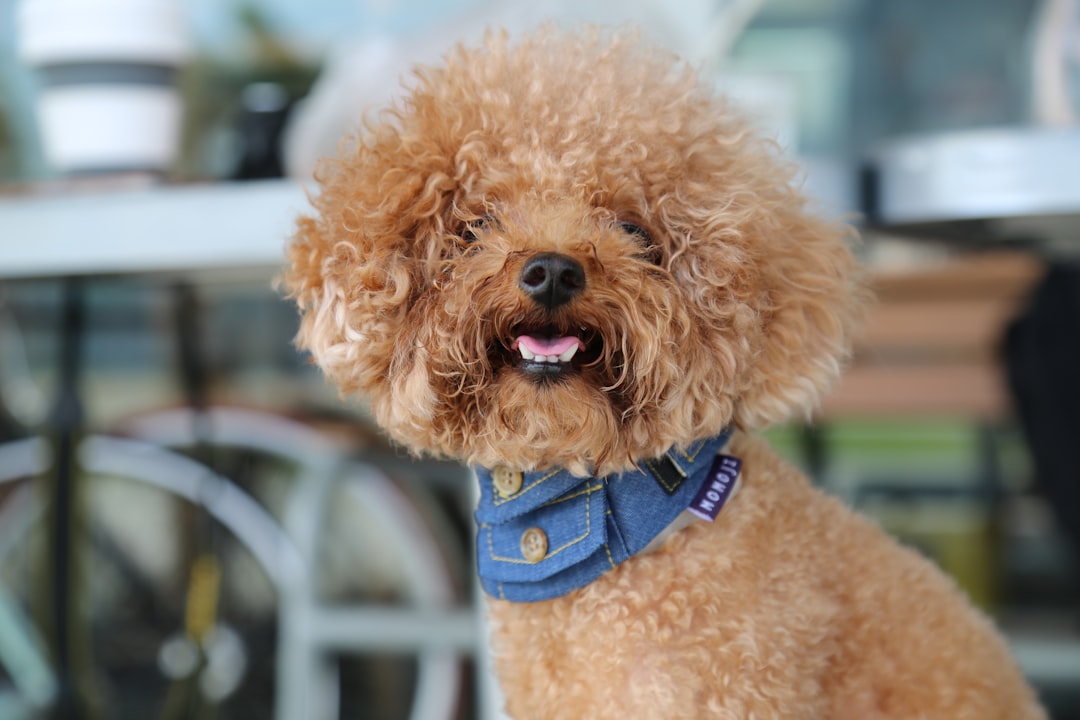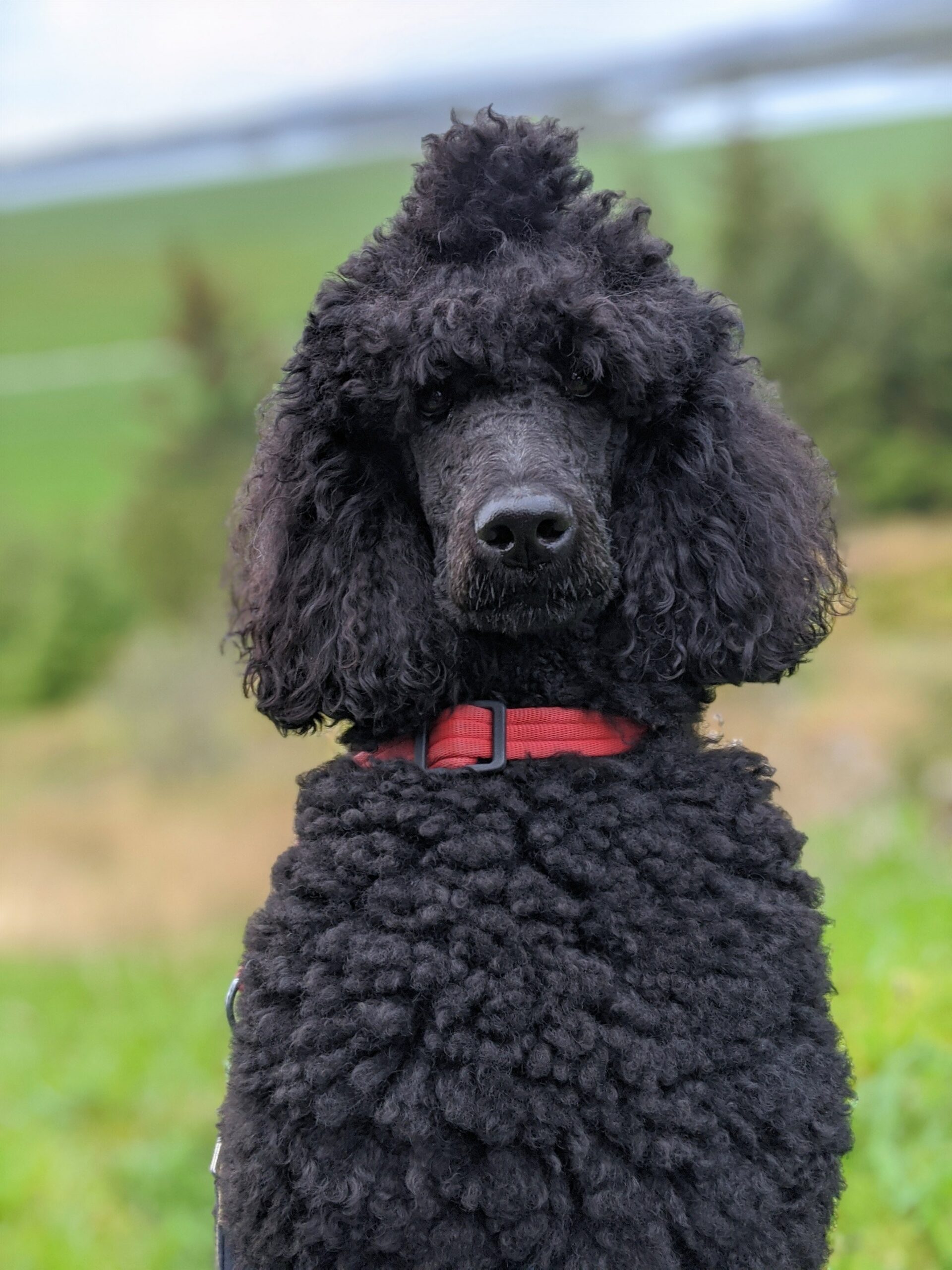The Poodle Paradigm: Unveiling the Intelligence, Loyalty, and Distinctive Temperament
An article on the characteristics and temperament of poodles, including their history, different sizes, intelligence, loyalty, and trainability, as well as tips for living with them, their role as working dogs, grooming requirements, and their popularity in popular culture.
Overview of Poodles
Poodles have a rich historical background originating in Germany during the 15th century. They were originally bred as water retrievers and were highly valued for their intelligence and agility. Over time, they transitioned into popular companions and show dogs due to their adaptability and trainability, making them a versatile breed with a wide range of capabilities.
The three sizes of poodles – Standard, Miniature, and Toy – each come with their own set of characteristics. Standard poodles are the largest and were originally bred as hunting dogs. Miniature poodles are more active and better suited for smaller living spaces, while Toy poodles are the smallest and make excellent companions. This variety in sizes allows individuals to choose a poodle that best fits their lifestyle and living situation. Despite their size differences, all poodles retain their signature traits of intelligence, loyalty, and trainability, making them a beloved breed among owners worldwide. For example, Standard poodles are often seen participating in dog sports and agility competitions, showcasing their versatility and intelligence.
Distinctive Traits and Temperament
Poodles are known for their distinctive traits and temperament, making them stand out among other dog breeds. Their alertness, intelligence, loyalty, and trainability make them highly sought after as companions. However, the temperaments of poodles can vary slightly depending on their size. For instance, Standard Poodles are known for their energetic yet reserved nature, while Miniature Poodles are more active and are often considered well-suited for households with small children. On the other hand, Toy Poodles, being the smallest of the three sizes, excel in being excellent companions due to their affectionate and gentle nature. These unique temperamental differences based on size allow potential poodle owners to choose a pet that best fits their lifestyle and preferences.
Moreover, poodles are sensitive animals and have the remarkable ability to pick up on their owners’ moods. This sensitivity often leads them to form strong emotional bonds with their human family members. Ensuring that they receive daily exercise and mental stimulation is crucial to prevent boredom and destructive behaviors. For example, engaging them in activities such as obedience training, puzzle toys, or interactive play sessions can help keep their minds sharp and prevent unwanted behaviors. This sensitivity and need for mental stimulation emphasize the importance of creating a nurturing and supportive environment for poodles to thrive and showcase their remarkable temperament.
Living with Poodles
Selecting the right living environment for a poodle is crucial for their overall well-being and happiness. Standard Poodles, being the largest of the three sizes, require more space to move around and exercise. A home with a spacious yard or access to outdoor areas would be ideal for them. On the other hand, Miniature and Toy Poodles can adapt well to apartment living, given that they receive regular exercise and mental stimulation. These smaller poodle breeds are known for their adaptability and can thrive in urban settings, provided their exercise needs are met.
In terms of living with families, poodles are generally suitable for households with small children. Miniature Poodles, in particular, are known for their playful and active nature, making them great companions for kids. However, it’s important to teach children how to interact with dogs properly and supervise their interactions to ensure the safety and well-being of both the children and the poodles. Additionally, poodles can coexist with other pets if they are socialized from an early age. Proper socialization helps poodles develop positive relationships with other animals, minimizing the likelihood of conflicts and ensuring harmonious cohabitation.
Ultimately, poodles thrive in environments where they receive the attention, exercise, and mental stimulation they require. Regular walks, playtime, and engaging activities are essential for their physical and mental well-being. A well-cared-for poodle is more likely to exhibit desirable behaviors and form strong bonds with their human and animal companions.
Poodles as Working Dogs
Poodles have a rich history as working dogs, originally bred to retrieve waterfowl. Their intelligence, agility, and swimming abilities made them ideal for this task, and they excelled in the role. To this day, poodles retain their instincts as retrievers and their love for water activities, making them natural swimmers and outdoor companions for their owners. This historical background sheds light on the breed’s inherent traits and their strong work ethic, which makes them adaptable to various tasks and activities.
In addition to their working background, poodles are known for their alertness and protective nature. They are quick to respond to any perceived threats or disturbances, making them excellent watchdogs. Their loyalty and dedication to their families contribute to their protective instincts, as they are always ready to defend their loved ones and their territory. For example, a poodle may instinctively bark or alert their owners when a stranger approaches the house, showcasing their inherent protective nature. This demonstrates their suitability as reliable guardians and companions in various living environments, from urban apartments to suburban homes with yards. Their protective instincts, combined with their intelligence and trainability, contribute to their well-rounded temperament, making them valued members of many households. [2]
Grooming and Maintenance
When it comes to grooming, Poodles have specific requirements that need regular attention to keep them looking their best. Their curly, hypoallergenic coat requires frequent brushing, professional grooming every 4-6 weeks, and regular baths to keep their fur clean and mat-free. Additionally, their ears need to be regularly checked and cleaned to prevent infections, and their nails should be trimmed to a comfortable length to avoid any discomfort or mobility issues.
In terms of maintenance, Poodles are known for being energetic, intelligent, and easy to train. They thrive when they receive mental and physical stimulation, which can come in the form of interactive play, obedience training, and regular exercise. For example, taking them for daily walks, engaging in agility training, or involving them in canine sports can help them stay physically fit and mentally sharp. This level of activity and engagement is essential to prevent boredom and destructive behaviors, ensuring that Poodles remain happy and healthy companions in a household.
It’s important to note that while Poodles may require a bit more maintenance than some other breeds due to their grooming needs, their affectionate nature and adaptability make them wonderful family pets. Their intelligence and ease of training also make them a joy to have around, and their loyal and loving disposition adds to their appeal as excellent companions for families of all sizes and ages.
Poodles in Popular Culture
Poodles have become iconic figures in various forms of popular culture, showcasing their versatility and intelligence. For example, a famous poodle named Laika became the first animal to orbit the Earth in 1957, highlighting the breed’s contribution to space exploration and scientific advancement. Additionally, poodles have been featured in numerous films and television shows, such as the classic movie “The Secret Life of Pets,” where a poodle named Leonard showcases its intelligence and playful nature, captivating audiences with its charm and wit. These instances demonstrate the widespread impact of poodles in popular culture, solidifying their status as beloved and influential animals.
Furthermore, poodles have made significant contributions through crossbreeding with other breeds, creating popular hybrids such as the Cockapoo, a cross between a poodle and a cocker spaniel. This crossbreeding has led to the development of new breeds with unique traits, further cementing the poodle’s legacy in the world of dog breeding and genetics. The poodle’s adaptability and willingness to work with other breeds have made them an integral part of shaping the diversity of the canine population, solidifying their influence and relevance in popular culture and the wider world of dog ownership and breeding. These examples underscore the significance of poodles in shaping popular culture and their enduring impact on the world at large.



